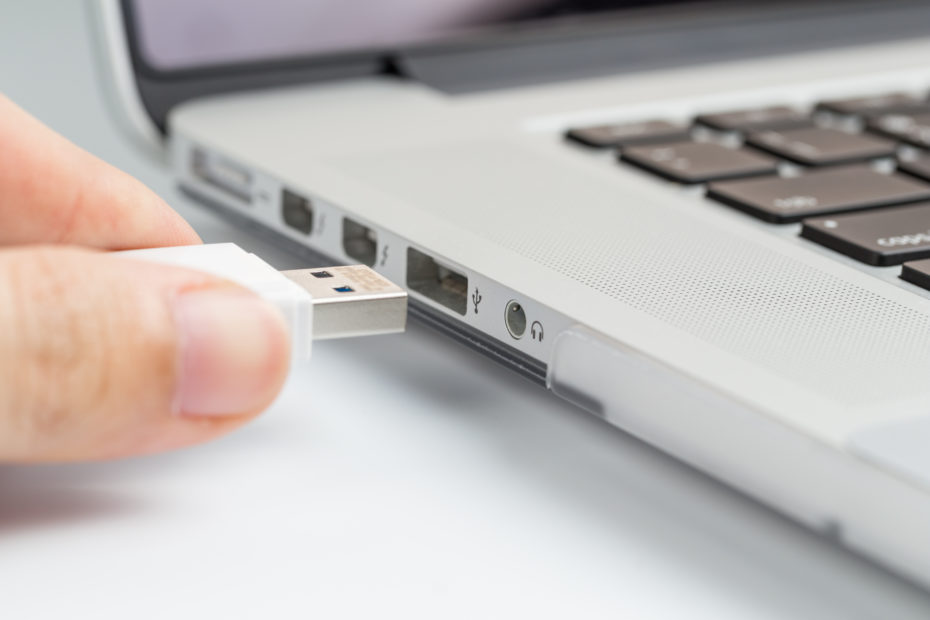The Type-C USB port is a standard feature of all the latest generation mobile phones. Before its introduction, every Android or Windows smartphone was equipped with a microUSB port. Type-C USB has changed the standards!
THE TYPE-C USB PORT IS REVERSIBLE
The first Type-C USB feature is, like the Lightning connector Apple introduced a few years ago, fully reversible. Its reversibility is nice and convenient and easy to get used to. Instead of fumbling around blindly trying to find the right way to plug the connector in, you can now count on a cable that will slide into place no matter what orientation your phone is in. The old micro-USB connector, compared to the new Type-C USB, presented some problems, starting with connection speed.
THE TYPE-C USB PORT IS VERSATILE
Another huge advantage of the Type-C USB port is that it’s not only used for charging and data transfer as with the classic microUSB model. With the Marshmallow 6.0 version, Android’s latest devices come with a Type-C USB port, allowing for greater versatility in use and a number of new options.
For Android phones, in fact this port can be used:
1) for charging the device itself
2) as a power supply for another Type-C USB device
3) for MTP file transfers
4) for PTP photo transfers
5) for MIDI input
A CABLE FOR EVERYONE
The Type-C USB port isn’t just for Android phones, other companies have already adopted the new standard. The new 12-inch MacBook has a Type-C USB, and so do Google’s Chromebook Pixel line of laptops. This connector is likely to lead the way in the coming years.
There will of course always be exceptions to the rule (Apple’s Lightning immediately comes to mind), but overall, we will most likely see Type-A USB cables, which are currently the most popular by far, disappear in the near future. Hopefully, with the introduction of Type-C USB on laptops, desktops, all-in-ones, tablets and more devices, there will be no need for the obsolete Type A cable!
